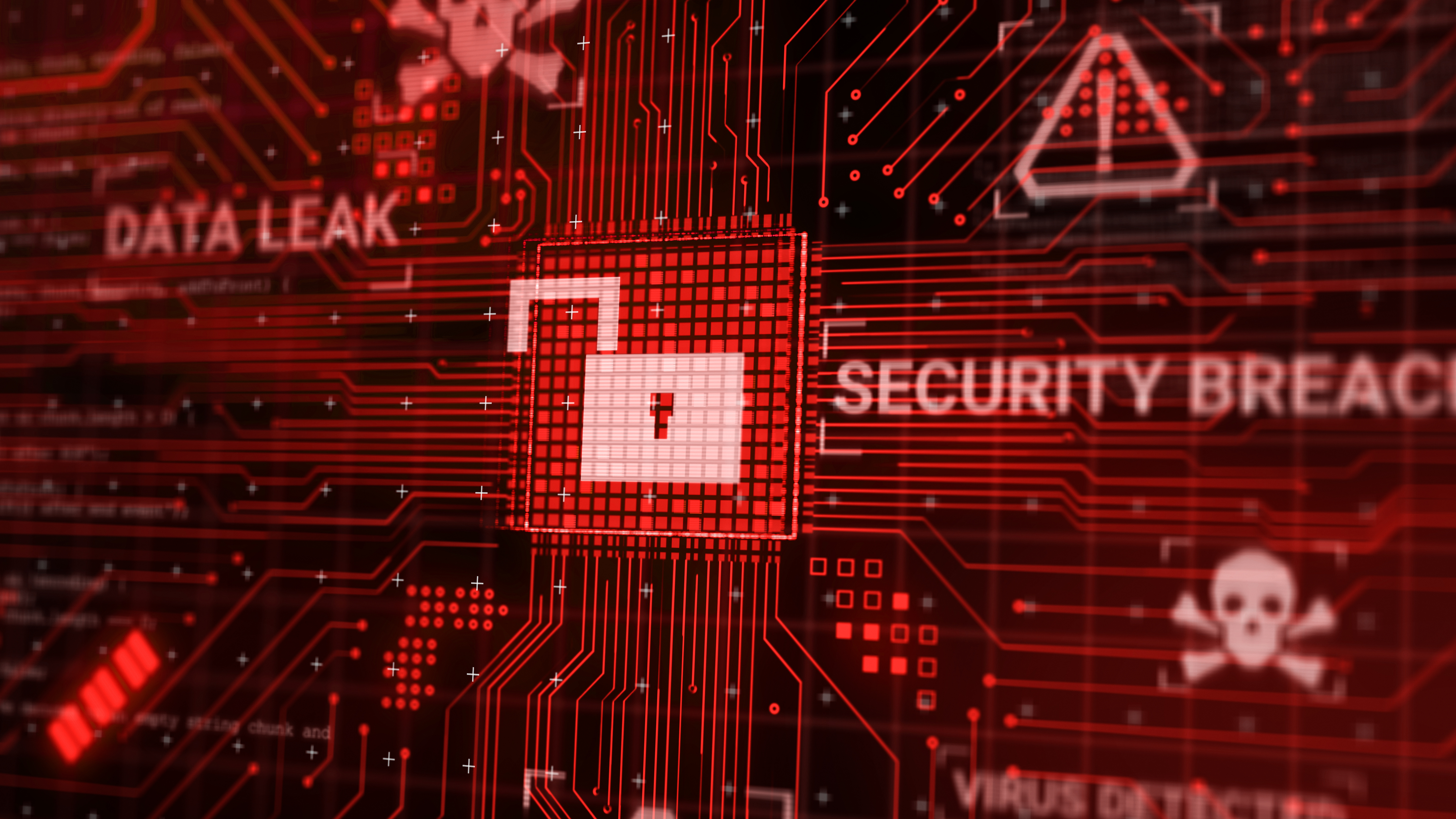
From Cybersecurity: Did your data get leaked? Here’s what to do
Clues an online account may have been hacked
- Family or friends say they are receiving unusual messages or invites that you know you did not send.
- Your A password to an accounts no longer works, even though you know it is correct.
- You receive notifications from websites that someone has logged into an account when you know you did not do so yourself.
- You receive emails confirming changes to an online profile that you did not make.
Clues a computer or mobile device has been hacked
- Your antivirus program generates an alert that the system is infected. Make sure it is anti-virus software generating the alert, and not a random pop-up window from a website trying to fool you. Not sure? Open the antivirus program to confirm the computer is truly infected.
- While browsing the web, you are often redirected to pages you did not want to visit, or new pages appear unwanted.
- A pop-up window says your computer has been encrypted and you must pay a ransom to get files back.
Clues a credit card or finances have been hacked
- There are suspicious or unknown charges to a credit card or unauthorized transfers in your bank account that you know you did not make.
Now what? How to take back control
If you suspect you have been hacked, stay calm. If the hack is work-related, do not try to fix the problem yourself. Instead, report it immediately. If it is a personal system or account that has been hacked, here are some steps to take:
- Recovering online accounts: If you still have access to your account, log in from a trusted computer and reset the password with a new, unique and strong password - the longer the better. If Multi-Factor Authentication (MFA) is not enabled, now is a good time to enable it. If you no longer have access to your account, contact the website and inform them that the account has been taken over. If you have any other accounts that share the same password as a hacked account, change those passwords immediately.
- Financial impact: For issues with a credit card or any financial accounts, call the bank or credit card company right away. The sooner you call them, the more likely money can be recovered Don’t call using the phone number in an email, but use a trusted phone number, such as the one listed on the back of a bank card or their website. Monitor statements and credit reports frequently. If possible, enable automated notifications whenever there is a charge or money transfer.
How to stay ahead of cyber attackers
These resources focus on three key steps to stay ahead:
- Keep all systems and devices updated and current to the latest version.
- Use strong, unique passwords for each account, manage those accounts with a password manager and enable MFA.
- Be skeptical - keep an eye out for social engineering tactics such as phishing emails.
- Use this link to check if an email address is in a data breach: https://haveibeenpwned.com/